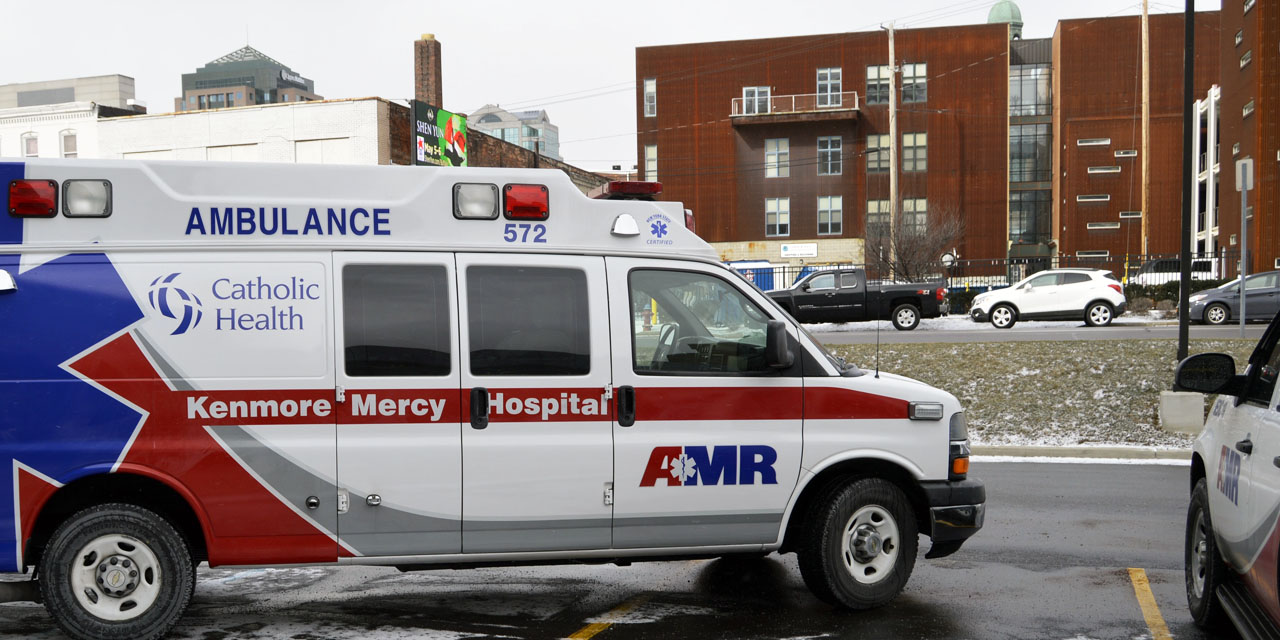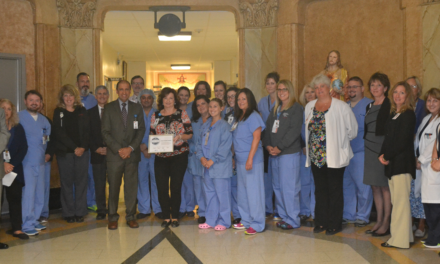During EMS Week, we are celebrating our partners in the field — the emergency medical technicians and paramedics.
This week is much more than paying tribute to those who serve our community. It’s a time to educate the public about the importance of the Emergency Medical Services (EMS) and emergency department relationship.
Western New Yorkers rely on EMS personnel to respond to the call for help and to provide quality pre-hospital care.
Emergency Care at the Hospital
Thousands of patients each year arrive at the emergency room by ambulance. Many of these patients suffer from strokes, heart attacks, and other extreme trauma.
“The first person who touches a stroke patient or addresses a traumatic injury is a part of the healthcare team, and that’s the EMS provider,” said Tom Scime, EMS Liaison, and former EMS professional.
Emergent conditions, like a stroke, require immediate medical attention. A stroke occurs when blood flow to the brain is cut off or reduced and can cause brain cells to die. Actions taken early in stroke situations – timely identification, transport and intervention – may mean the difference between life and death.
“The quality of care of stroke patients from initial contact with the EMS to their arrival in the Emergency Department is crucial to improving health outcomes for patients with this time-sensitive condition,” said Joy MacNeil-Ennis, Clinical Stroke Coordinator.
“The brain loses approximately 1.9 million brain cells a minute during a stroke,” she added. “Getting to the closest primary stroke center is vital.”
EMS Professionals
In addition to transporting the patient to the nearest hospital, EMS professionals also triage patients. This helps the care teams at the hospital act quickly to administer life-saving medications, like the clot-busting drug TPA, or other treatments that can save a patient’s life and improve recovery time.
Our Catholic Health hospitals value our trusted relationships with local EMS partners by establishing mutual goals. We strive to maintain an understanding of each other’s roles and the collaboration necessary for success.
Thank you to these dedicated EMS professionals for their time, compassion, and devotion to taking care of the needs of our community!





